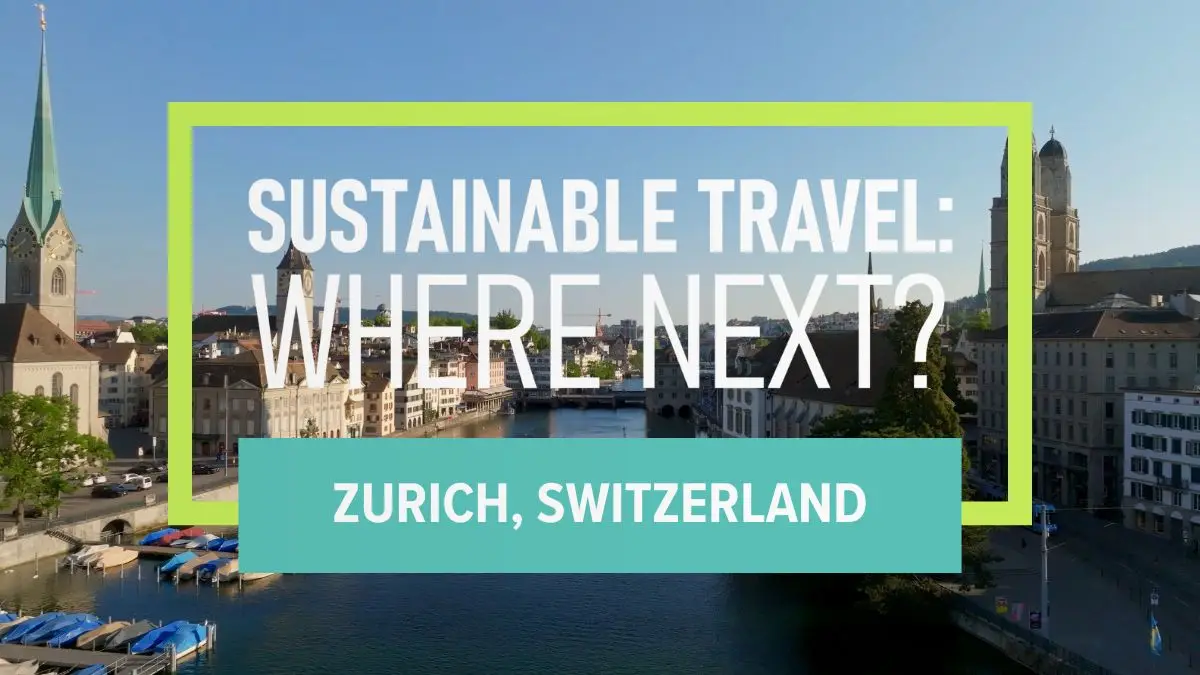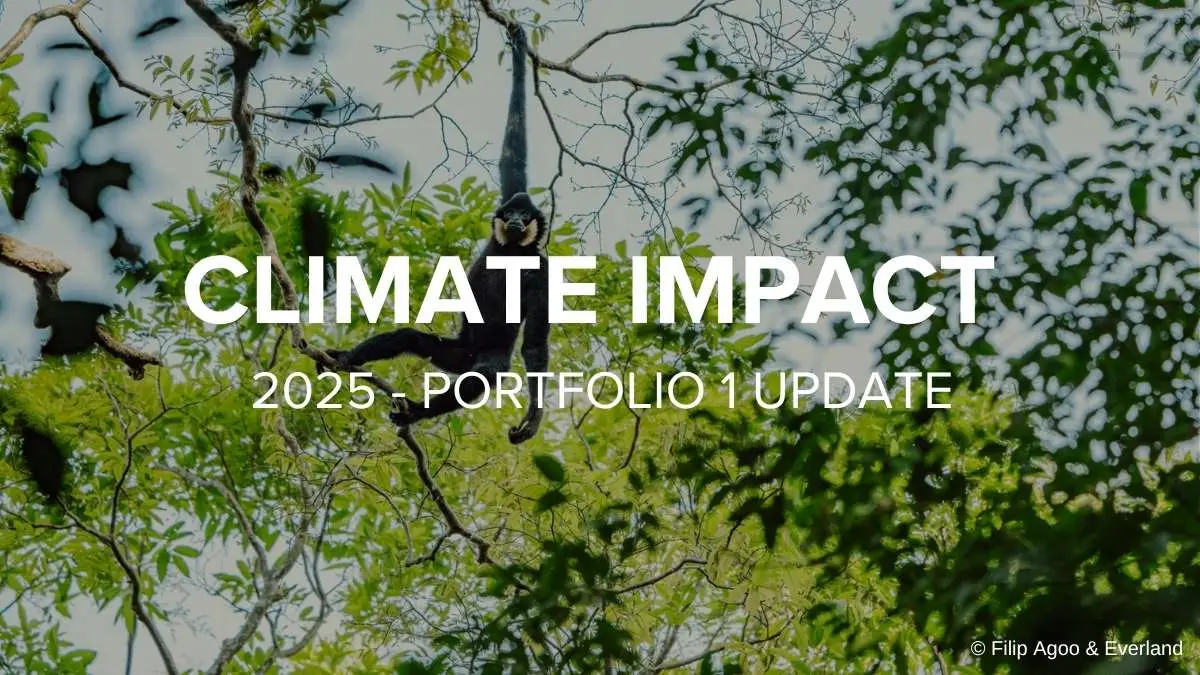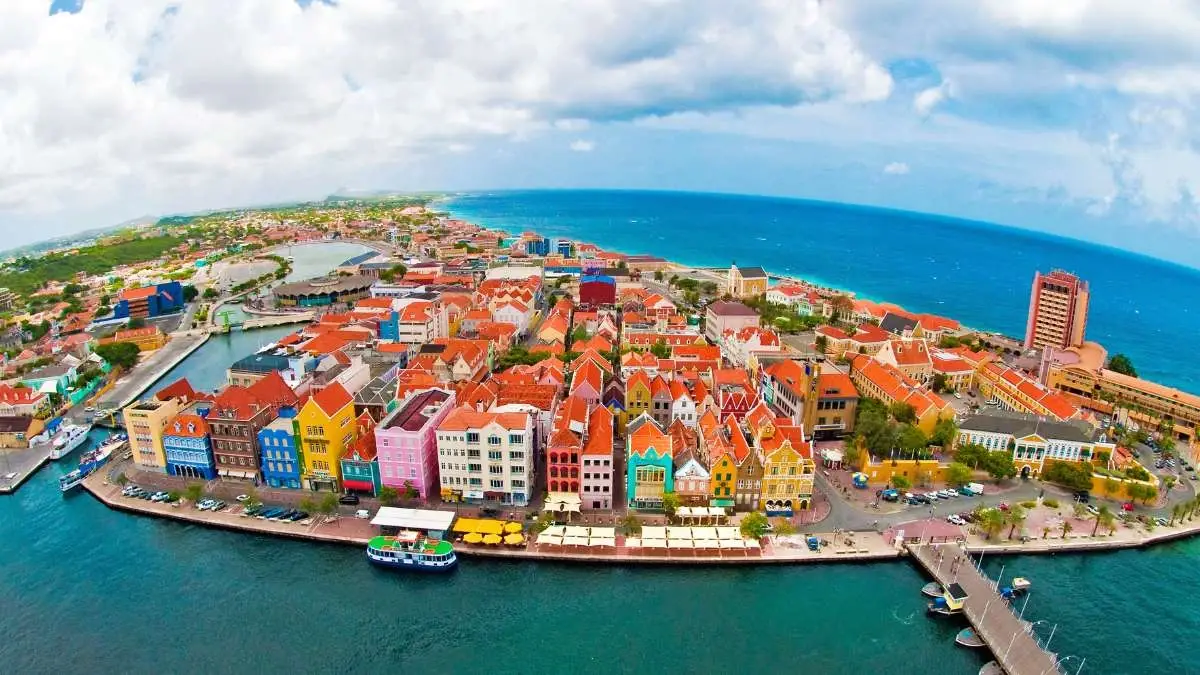
VIP Santorini Partners with Sustainable Travel International
SANTORINI, GREECE (June 03, 2025) – VIP Santorini, a premier provider of luxury private tours and transfers on the island of Santorini, announced today its

SANTORINI, GREECE (June 03, 2025) – VIP Santorini, a premier provider of luxury private tours and transfers on the island of Santorini, announced today its

A Webinar in the Road to Net Zero Series For many travelers, sustainable choices still feel like extra work or a costly trade-off. In this

SEATTLE, WA (April 22, 2025) — In honor of Earth Day, Sustainable Travel International released the latest episode of its Sustainable Travel: Where Next? docu-series

Tourism can be a catalyst for conservation, community development, and climate awareness. High-quality carbon offsets help make this possible by funding the protection of critical

Our first Climate Impact Portfolio of 2025, released on March 25, 2025, supports six carbon offset projects around the world. Read on to learn more

WILLEMSTAD, CURAÇAO (March 17, 2025) – As destinations worldwide struggle with overtourism, the Caribbean island of Curaçao is taking a forward-thinking approach that prioritizes high-value,

Sea turtles have been an important part of ocean ecosystems since the age of the dinosaurs. Humans and turtles have interacted for thousands of years, with drawings of ancient turtles found in early cave paintings. Today, human-turtle interactions are more complicated than ever as humans overload nesting beaches, chase turtles...

Sea turtles have long captivated tourists worldwide. Spotting one of these majestic creatures is often the highlight of coastal vacations. But sadly, sea turtles are rapidly disappearing from our oceans. Six of the seven species of sea turtle are listed as vulnerable or endangered. This blog explores fascinating facts about...
The Öresund straight between Skåne, south Sweden, and Denmark, is very vivid water. And right in the middle, is the beautiful island of Ven. Through this film learn of the way Niels Mouritzen, owner of the House of Hven, a hotel and restaurant on the island, is utilizing the sea...

Travel provides an unparalleled opportunity to explore the world’s most remarkable ecosystems and natural treasures. Yet it’s no secret that travel can be a burden on the environment and the wild places we visit. But this doesn’t have to be the case. There are plenty of ways that you can...

Love taking photos of the fascinating critters you see on your diving or snorkeling trips? Follow these best practices to make sure you’re photographing responsibly and not harming marine life. What is the best (and most sustainable!) souvenir that you can bring back from a tropical getaway? While a new...

When dreaming of a tropical getaway, we often envision stunning coastal vistas and coral reefs teeming with wildlife. As visitors, these underwater ecosystems quench our wanderlust by providing a remarkable backdrop and playground for adventure. But coral reefs provide so much more than tourist gratification – they are incredibly important...